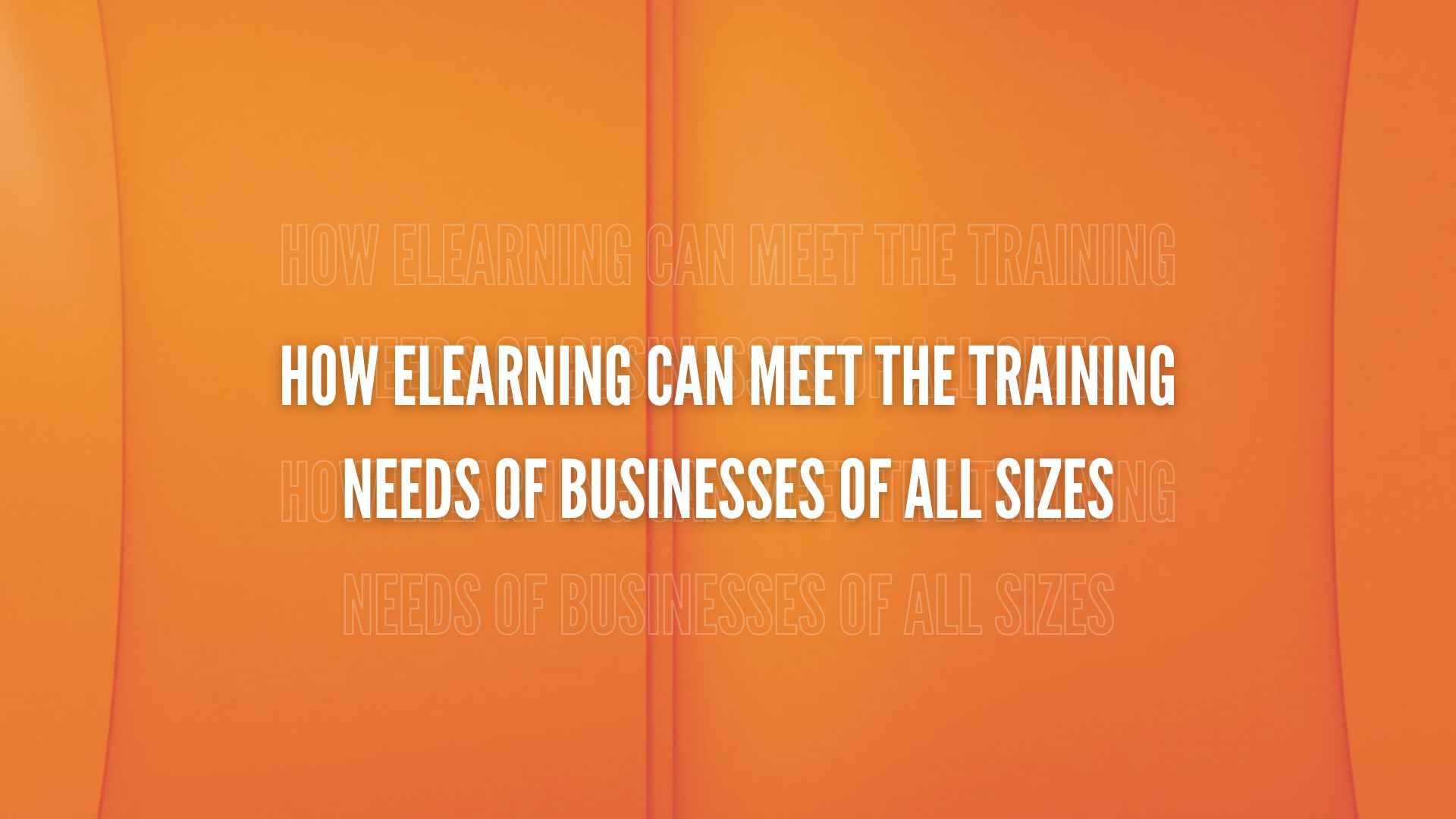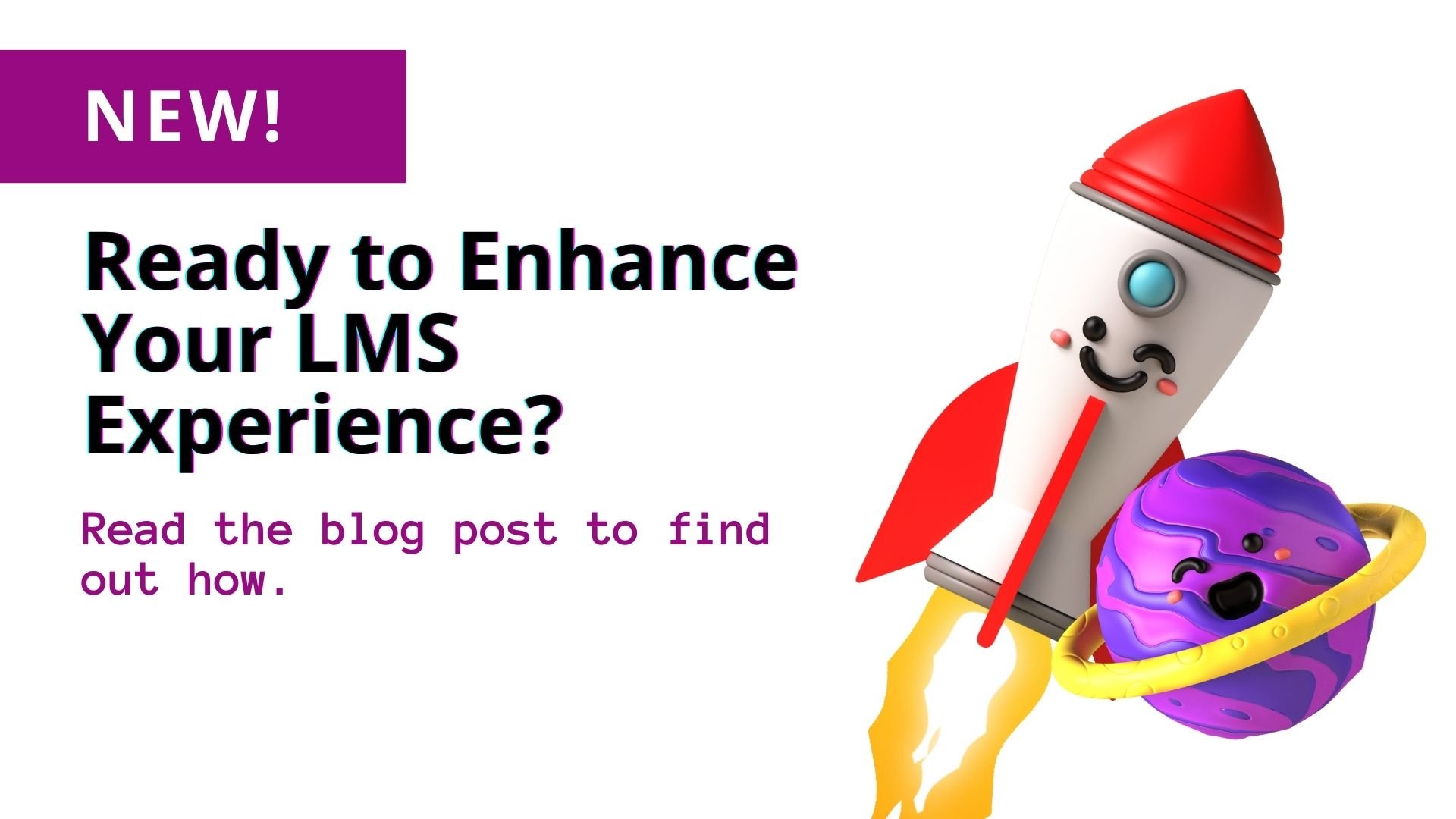There is no company leader that would not like his or her employees, volunteers, and members to have better online learning experiences. After spending considerable money and effort launching a learning management system (LMS) or other eLearning platform, organizational leaders want users to be delighted with their eLearning experiences. They want them to want to have these same encounters time and time again. Thankfully, a type of technology called Learning Tools Interoperability (LTI) was designed to ensure superior online learning.
What Is Learning Tools Interoperability (LTI)?
Is this the first time you are hearing about Learning Tools Interoperability? If so, let’s refer directly to LTI’s designer, IMS Global Learning Consortium1, to find this technology’s exact definition:
“Learning Tools Interoperability® (LTI®) is a specification developed by IMS Global Learning Consortium2...the principal concept of LTI is to establish a standard way of integrating rich learning applications (often remotely hosted and provided through third-party services) with platforms like learning management systems, portals, learning object repositories, or other educational environments. In LTI these learning applications are called Tools (delivered by Tool Providers), and the LMS, or platforms, are called Tool Consumers. The basic use case behind the development of the LTI specification is to allow the seamless connection of web-based, externally hosted applications and content, or Tools, to platforms that present them to users.”
Not only does LTI seamlessly connect systems to upgrade online learning experiences, but it can also lower an organization’s bottom line. Because of these perks, no social learning management system should be without LTI functionality.
How LTI Makes an LMS More User-Friendly
There are several wonderful benefits of LTI functionality in an LMS. The primary benefit is an exemplary learning experience for whoever uses the LTI-equipped eLearning platform. Learning experiences in these cases are made better because LTI renders an LMS more user-friendly. It does this by enabling a single sign-on login procedure. It also allows learners to easily share data. This may sound like small potatoes, but to a busy employee it is significant and will make the difference between an LMS being utilized regularly or not.
Each year, companies spend enormous amounts of money on training/learning and development programs. Company leaders know that a trained workforce is a powerful workforce; that’s why they generously provide training to their volunteers and employees. The problem is that the training they offer their workers is not always delivered through a user-friendly platform (for example, an online learning platform that requires multiple logins and consumes too much of a learner’s time). As a result, the costly training information doesn’t end up being mentally retained and later used. An LMS that is engaging and user-friendly (one that has LTI functionality) has a much better chance of being utilized daily. This means that money spent on corporate training will go to good use and provide an excellent return on the investment.
LTI Can Save Your Organization Money
Another benefit of LTI is that it can save your organization money. Our article Learning Tools Interoperability: The LMS Feature That Can Save You Money3 explains, “LTI can save you, a business owner, big bucks. As stated on Training Industry’s website4, ‘(With LTI), training organizations can incorporate tools developed outside their own communities, leveraging higher functionality without the related labor and cost. The LTI feature prevents the need for IT assistance with an LMS, thus reducing or even preventing IT-related costs. IMS Global Learning Consortium5 says, ‘When vendors take advantage of a common approach to interoperability, such as LTI, integrations can be completed considerably faster and at a much lower cost.’ If you want to dodge IT expenses and give users the best learning experience possible, implement a LTI-compliant eLearning system.”
In light of this information, it would be beyond wise for organizations on a tight budget to take full advantage of this amazing technology known as LTI.
How to Reap the Benefits of LTI
Does your company offer its employees any type of online learning? If so, are organizational leaders taking advantage of LTI? If they are not, your company is missing out on a lowered bottom line, enriched online learning experiences for employees, and a more thoroughly trained and satisfied workforce. If your company could benefit from these things (and what organization couldn’t?), consider leveraging Learning Tools Interoperability; here are some tips6 on how to do this. (Be aware that it’s sometimes easiest to simply launch a learning management system that is LTI-compliant.)
Because of how quickly eLearning technology is advancing and how many Tools-providing vendors exist, no LMS or eLearning platform can afford to be without Learning Tools Interoperability. In the future, it’s possible that all learning management systems will come equipped with LTI. Until then, companies can make things much easier on online learners by choosing a social learning management system that features LTI.
References:
- http://www.imsglobal.org/activity/learning-tools-interoperability
- http://www.imsglobal.org/
- https://topyx.com/social-learning-blog/learning-tools-interoperability-can-save-you-money/
- http://www.trainingindustry.com/wiki/entries/learning-tools-interoperability.aspx
- https://www.imsglobal.org/sites/default/files/7things.pdf
- https://elearningindustry.com/learning-tool-interoperability-part-elearning-application






